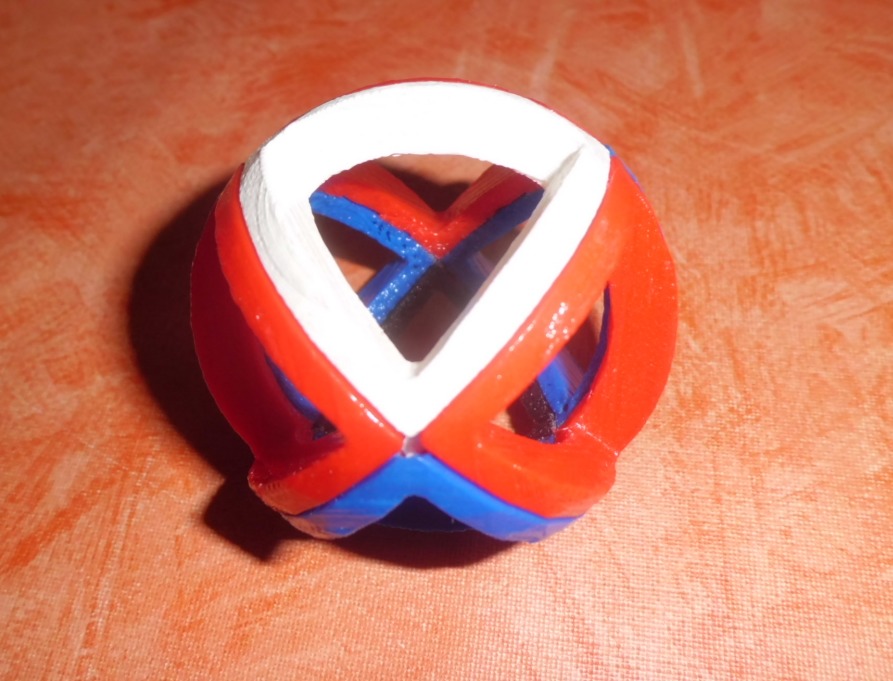
Rubik's 2x2x2 hollow skeleton
thingiverse
I've recently come across images of "minimal hexagon and heptagon" puzzles that caught my attention, prompting me to explore how they work and begin a series with a "triangle" puzzle. Unfortunately, due to technical issues, I had to put this project on hold and label it as a "failed experiment." I'd like to share my experience with you. 1. Photos of Colored Items: An asymmetrical dovetail connection exists between the elements. When moved, they slide smoothly. However, not all possible moves are available, making the puzzle less engaging. 2. Photos of Brown Plastic Items: Symmetric dovetail tracks are present in these items, indicating that connecting elements are necessary. At corner points, tiny corner pieces are required to connect them precisely. Unfortunately, this results in frequent locking situations, rendering it impractical despite its theoretical potential. When functioning correctly, it resembles a 3x3x3 puzzle with hidden middle elements. These puzzles were printed using ABS plastic and required supports for printing. The tracks needed thorough cleaning, sanding, and acetone vaporization to work smoothly. If you're interested in creating a "minimal square" puzzle, I recommend checking out my "3x3x3 skeleton" design on Thingiverse: https://www.thingiverse.com/thing:2271870
With this file you will be able to print Rubik's 2x2x2 hollow skeleton with your 3D printer. Click on the button and save the file on your computer to work, edit or customize your design. You can also find more 3D designs for printers on Rubik's 2x2x2 hollow skeleton.
